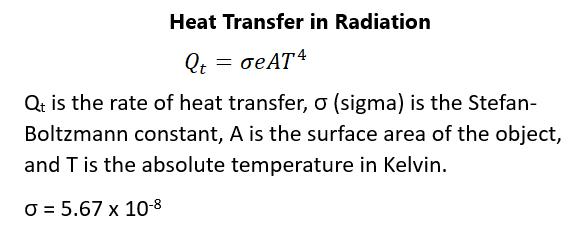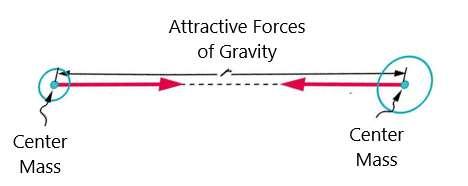QUIZ 1. What determines the direction that two freely hanging magnets of different sizes (two inches and one inch each in size) next to each other will hang? a. The larger one will point to the north-seeking end to the north pole and the south-seeking end to the south pole while the smaller one will point opposite to the larger one. b. The two magnets will point east-west with opposite poles of the magnets attracting each other. c. Both will hang with their north-seeking end to the north pole but will hang as far apart from one another as they can. d. The magnets will swing around a central axis and neither will reach an equilibrium and hang without motion. Answer: c. The earth’s magnetic field will be strong enough that they will hang in a north-south position but they will hang as far apart from one another as they can because their like poles will repel each other as long as the repulsive forces between them are strong enough. 2. How do you separate the north and south poles of a cylindrical magnet that is two inches in diameter? a. Cut it in half b. Cut it lengthwise down the center of the cylinder into small slivers c. Cut it down to a single atom in length d. It is not possible to separate the poles Answer: d. It is not possible to separate the poles of a magnet, even if you cut it down to a single atom in length because even the iron atom will have a magnetic north and magnetic south pole.
294




































































